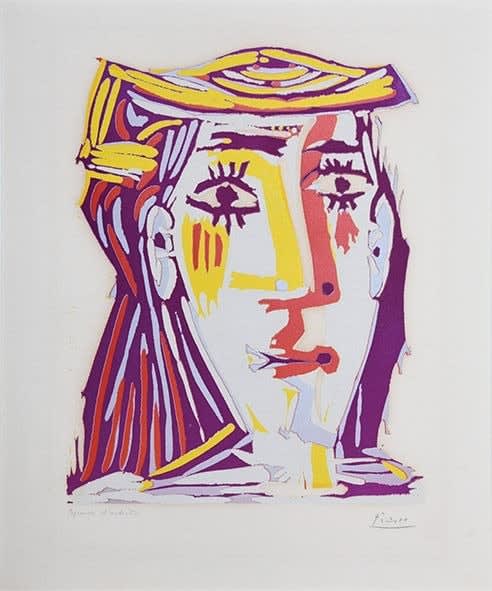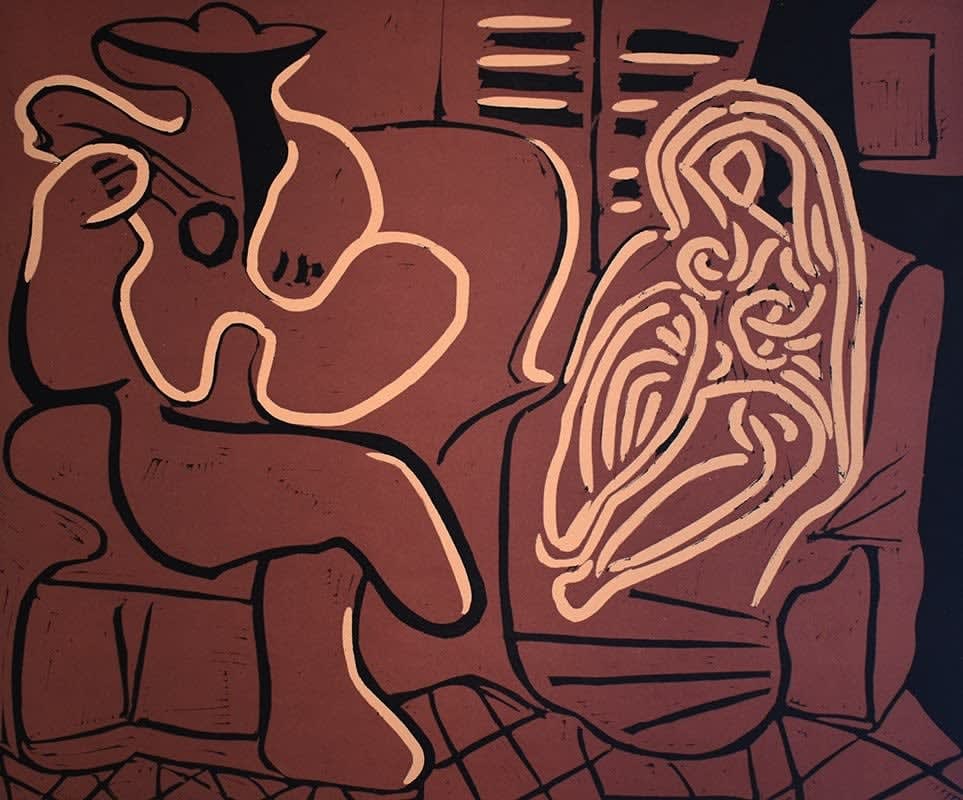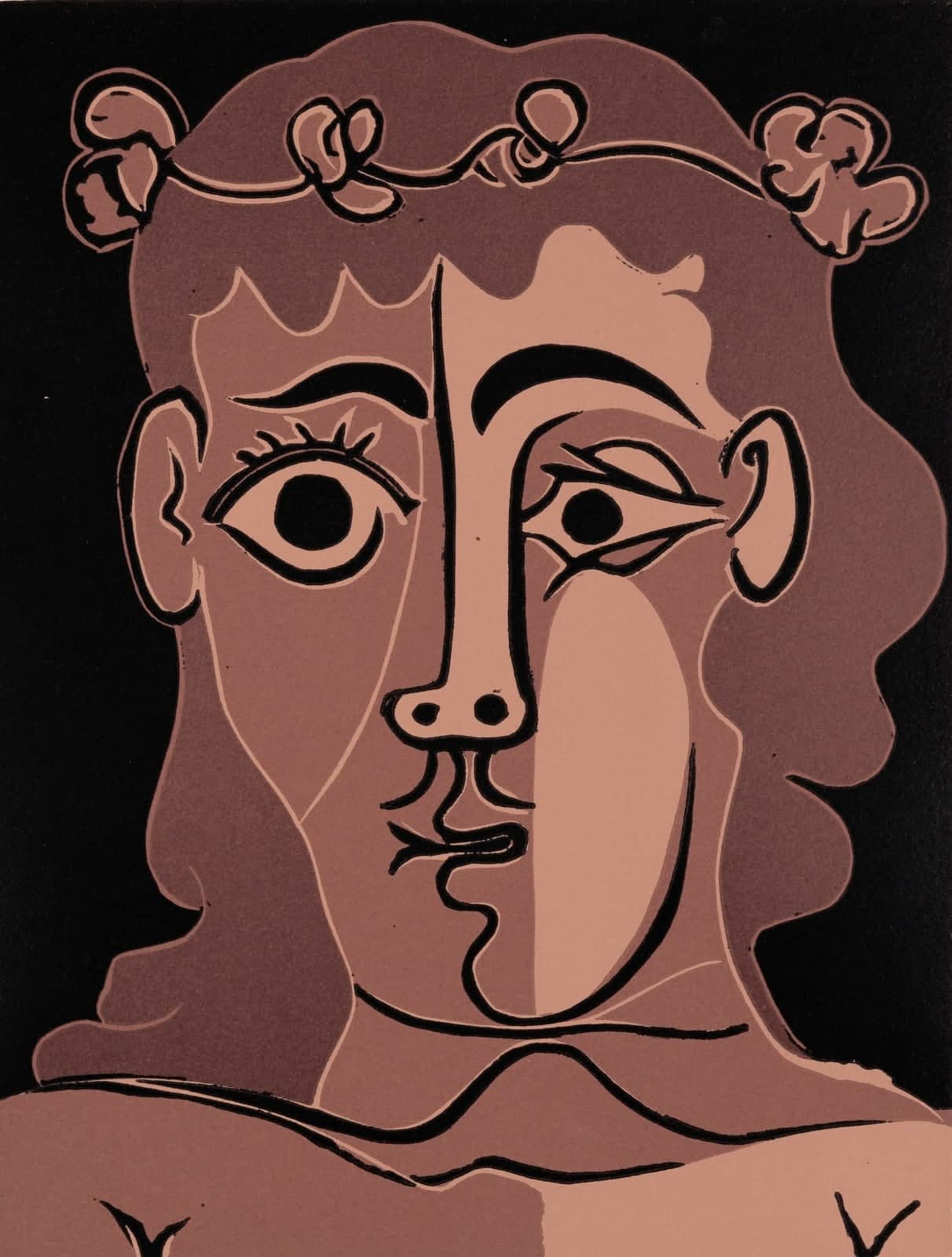Pablo Picasso is often hailed as the most influential artist of the 20th century, not only for his pioneering of Cubism but also for his relentless innovation across artistic mediums. While his paintings remain among the most expensive and sought-after works at auction, his prints—especially those from the 1950s and 60s—offer collectors a more accessible entry point into the world of Picasso. For newcomers, particularly those interested in linocuts and post-war works, understanding the medium, historical context, edition structures, and market dynamics is crucial.
Why Collect Picasso Prints?
Picasso was a prolific printmaker, producing more than 2,400 prints over seven decades. His printmaking spanned etching, aquatint, lithography, and linocut, each used to explore different visual languages and narratives. Unlike his paintings, Picasso’s prints were designed to be editioned, making them available to a wider audience—yet they remain limited, signed, and historically significant.
For emerging collectors, Picasso’s prints are a compelling investment. They sit at the intersection of prestige, rarity, and affordability (compared to paintings), and their market remains strong due to consistent demand, especially from institutional collectors and major galleries.

Spotlight: The Linocuts of the 1950s and 60s
Picasso’s linocuts, or *linogravures*, form one of the most innovative chapters in his printmaking practice. He began working with linoleum in the mid-1950s while living in the south of France. Traditional woodcutting required skilled collaboration between artist and printer, but Picasso wanted direct control—leading him to the linoleum block, a softer, more malleable material.
1. The Emergence of Picasso’s Linocut Period
In 1958, Picasso, then in his late 70s, began collaborating with printer Hidalgo Arnéra in Vallauris. Their partnership flourished from 1959 to 1963 and resulted in over 100 linocut prints. The linocut process was more immediate and suited Picasso’s energetic, gestural style.
Key early linocuts include:
Portrait of a Woman after Cranach the Younger (1958)
Still Life Under the Lamp (1962)
Jacqueline au chapeau noir (1962)
These prints often reflect Picasso’s fascination with classical portraiture, bullfighting, still life, and his muse Jacqueline Roque.
2. The ‘Reduction Method’ Innovation
To simplify the multi-block process of creating color linocuts, Picasso developed a "reduction method" where a single linoleum block was carved and printed in stages—from light to dark tones—destroying parts of the block at each step. This radical approach made the blocks unusable after the final impression, ensuring the edition could not be reprinted. This makes linocuts from this period particularly valuable due to their inherent scarcity.

Key Considerations for New Collectors
1. Edition Size and Signature
Most Picasso linocuts were printed in limited editions of 50 to 200, with additional artist’s proofs. Look for impressions hand-signed in pencil (typically in the lower right corner) and numbered (e.g., 17/50). Some prints were only signed in the plate and are less valuable but still collectable.
2. Publishers and Printers
Linocuts were typically published by Galerie Louise Leiris and printed by Arnéra. Their names lend credibility and provenance to prints. Always verify the printer’s or publisher’s stamp, especially on unsigned impressions.
3. Paper and Condition
Picasso used high-quality papers such as Arches wove or Japon nacré. Condition affects value significantly—avoid foxing, staining, or tears. Original paper color, deckled edges, and untrimmed margins enhance desirability.
4. Authentication and Catalogues Raisonnés
All serious collectors should reference *Bloch*, *Baer*, and *Geiser*—the catalogues raisonnés that document Picasso’s graphic work. Matching your print to these listings verifies authenticity and edition details.
Investment Value and Market Outlook
Picasso linocuts have gained considerable traction over the past decade. Works that sold in the low five figures 10–15 years ago now regularly achieve \$50,000–\$200,000 at auction, depending on subject, color, and condition. Color portraits of Jacqueline, for example, are especially sought-after and have become cornerstones in museum and blue-chip private collections.
The appeal lies not just in their affordability relative to paintings, but also in the power of the images themselves. Picasso’s linocuts are bold, experimental, and emotionally charged—carrying the full force of his creative genius.

Collecting Picasso prints—especially his linocuts from the 1950s and 60s—is both an enriching and strategic endeavor. These works capture the spontaneity and brilliance of an artist still experimenting at the height of his career. For new collectors, they represent a golden opportunity to own a piece of art history with enduring cultural and financial value.
Explore Pablo Picasso prints for sale and contact our New York and London galleries via info@guyhepner.com for latest availabilities.

